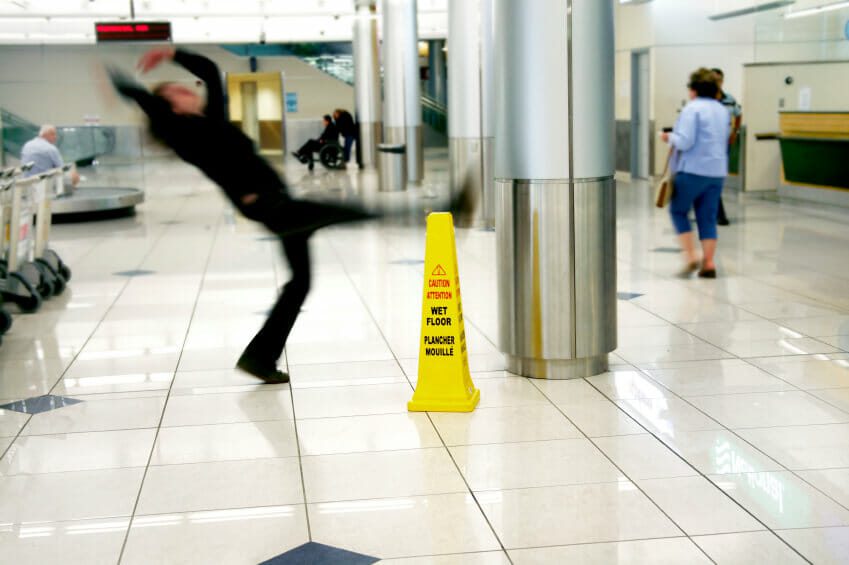How Can a Building Code Violation Help Win a Slip and Fall Case?
In Texas, slip and fall cases fall under the wider label of premises liability litigation. In such cases, a building owner’s failure to abide by federal and state building codes can help prove responsibility and liability for your injuries.
What is a Premises Liability Case?
Premises liability covers a range of legal actions filed with the intent of holding a property owner responsible for injuries, wrongful death, and damages caused by the property owner’s failure to follow building codes, maintain his property, or warn visitors of potential hazards.
Among the most common types of premises liability cases are slip and fall cases, swimming pool injury cases, and railing failure cases.
Generally, property owners owe a duty of care to licensees, invitees, and even trespassers; however, the extent of the duty owed is heavily dependent on which of these three categories the plaintiff falls under.
Why Are Building Codes Important?
State and federal building codes are essential in designing, constructing, and maintaining safe buildings and facilities, and it is a building owner’s duty to ensure that their property remains compliant at all times.
When a building owner fails to abide by these minimum standards, they create an unsafe environment for occupants and visitors.
Among the items regulated by building codes are:
- Building materials
- Building components
- Building design
- Practice to ensure durability and safety
- Mechanical systems
- Electrical systems
- Plumbing systems
- Smoke detectors and fire sprinklers
- ADA compliance
- Emergency escapes
- Elevators
- Building accessibility
How Can A Code Violation Help Prove My Case?
Because building codes make such a significant impact on preventing potential hazards, demonstrating that a building owner has failed to follow the minimum standards established by federal and state regulators can help establish that the building owner has breached their duty of care owed to occupants and visitors.
Building code violations are often deemed negligence per se, meaning that the violation is considered negligent because it violates a statute. In many jurisdictions, negligence per se can create a presumption of negligence that can work to the plaintiff’s benefit.
If the injury of the plaintiff can then be traced back to that violation, it is much easier to connect that injury to the building owner along with liability for any resulting damages.
What Should I Do After a Premises Liability Accident?
If you or a loved one were injured on someone’s property and believe your injury was the result of the property owner’s failure to provide reasonable protection, following these steps may help build our product liability case.
- Seek medical attention for your injuries
- Ensure that you or loved ones’ well being is taken care of before taking any other actions
- Report the incident to the owner or manager of the property
- Make sure to get a copy of the incident report
- Take pictures of the area where the accident happened
- Photos with a date and time are important, because evidence could be removed
- Get names and phone numbers of any people who witnessed the accident
- Witnesses will help prove your story in the future
- Call an experienced injury attorney
- Thomas J. Henry Injury Attorneys has the experience and resources necessary to retrieve the compensation you deserve for your injuries



